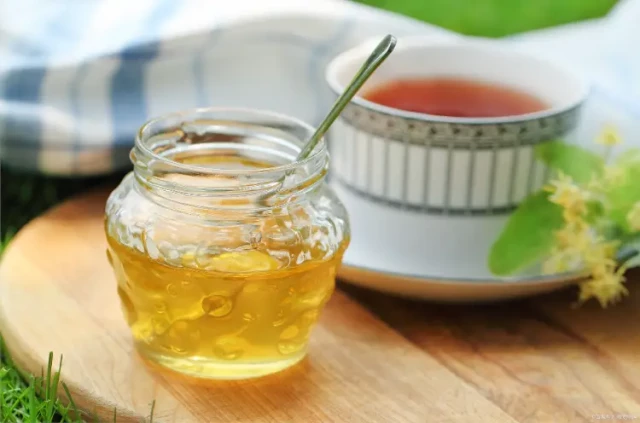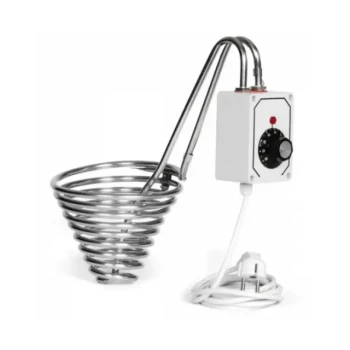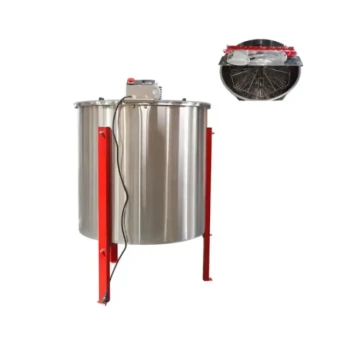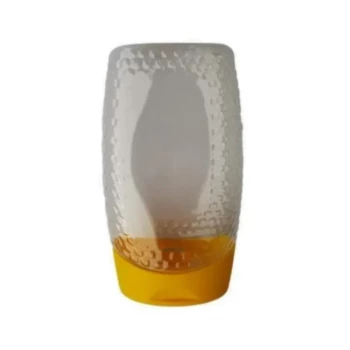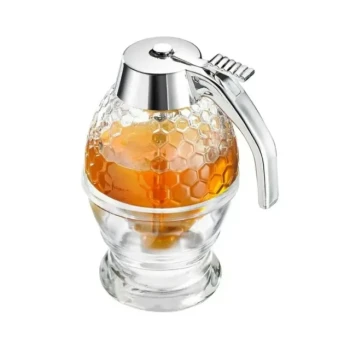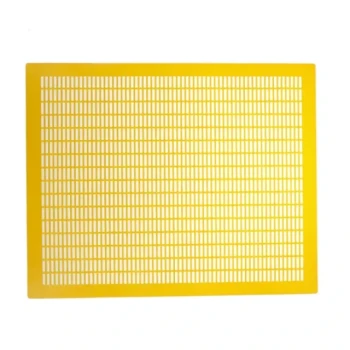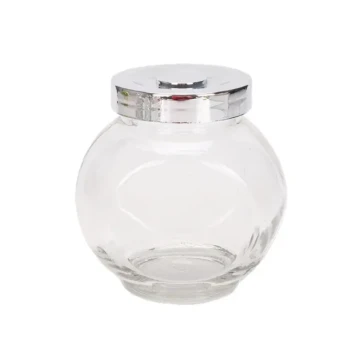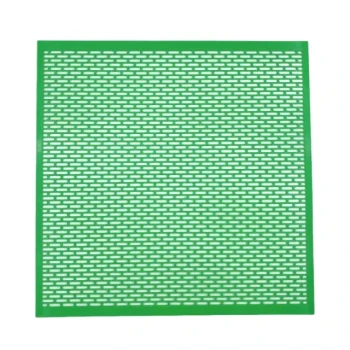When standing in the grocery aisle, you’ve likely noticed the stark difference between raw, unfiltered honey and its processed counterpart. But beyond texture and appearance, these products diverge significantly in nutritional value. Modern processing methods—while extending shelf life—strip honey of enzymes, antioxidants, and pollen, diminishing its health benefits. Understanding these trade-offs empowers you to make informed decisions that align with your wellness goals.
Processed Honey: What Happens Inside the Factory?
Commercial honey undergoes two primary treatments: flash pasteurization and ultrafiltration. Both processes prioritize longevity over nutrition, altering honey’s natural composition.
Flash Pasteurization’s Hidden Cost: Enzymes, Amino Acids, and Yeasts
Heating honey to high temperatures (typically around 160°F/71°C) destroys harmful bacteria—but also deactivates beneficial enzymes like glucose oxidase, which converts glucose into hydrogen peroxide, a compound with natural antibacterial properties. Research shows pasteurization reduces amino acid content by approximately 50%, compromising honey’s role in supporting metabolic functions.
The Pollen Paradox: Why Filtration Diminishes Benefits
Pollen, though not intentionally added, is a natural byproduct of honey production. It acts as a fingerprint, revealing the floral sources bees foraged from. More importantly, pollen contributes trace minerals (e.g., zinc, magnesium) and plant compounds linked to allergy relief. Ultrafiltration removes nearly all pollen granules, turning a functional food into little more than sweet syrup.
Raw vs. Processed Honey: A Nutrient Breakdown
Antioxidant Loss: Quantifying the Health Impact
Raw honey contains polyphenols and flavonoids—antioxidants that combat oxidative stress. Processing degrades these compounds; studies suggest pasteurized honey retains less than 30% of its original antioxidant capacity. For context, just one tablespoon of raw honey provides antioxidants equivalent to a serving of spinach, while processed varieties offer negligible amounts.
Flavor Alteration: From Complexity to Uniformity
Heat and filtration standardize flavor, erasing the terroir (regional characteristics) that makes raw honey distinct. Clover honey from Vermont, for example, develops nuanced floral notes absent in mass-produced blends. This isn’t just a culinary loss—diverse phytochemicals in region-specific honey may offer tailored health benefits.
Making Smart Choices: Balancing Shelf Life and Wellness
While processed honey lasts longer, its nutritional deficits outweigh this convenience. Consider these alternatives:
- Opt for cold-packed raw honey: Look for labels like "unpasteurized" or "unfiltered." Though it may crystallize, this signals intact enzymes.
- Support local beekeepers: Small-scale producers often skip intensive processing, preserving honey’s natural properties.
- Store honey properly: Keep it in a cool, dark place to slow fermentation without pasteurization.
For commercial apiaries and distributors, prioritizing minimal processing helps deliver higher-quality products. HONESTBEE equips beekeepers with tools to harvest honey sustainably, ensuring end consumers receive nutrient-rich honey straight from the hive.
Key Takeaway
Honey’s health benefits hinge on its unaltered state. Processing sacrifices enzymes, antioxidants, and pollen—components science ties to immunity, digestion, and inflammation control. By choosing raw honey and understanding production methods, you invest in a sweetener that nourishes as much as it delights.
Have you considered how honey’s origin story—from hive to jar—impacts your health?
Visual Guide
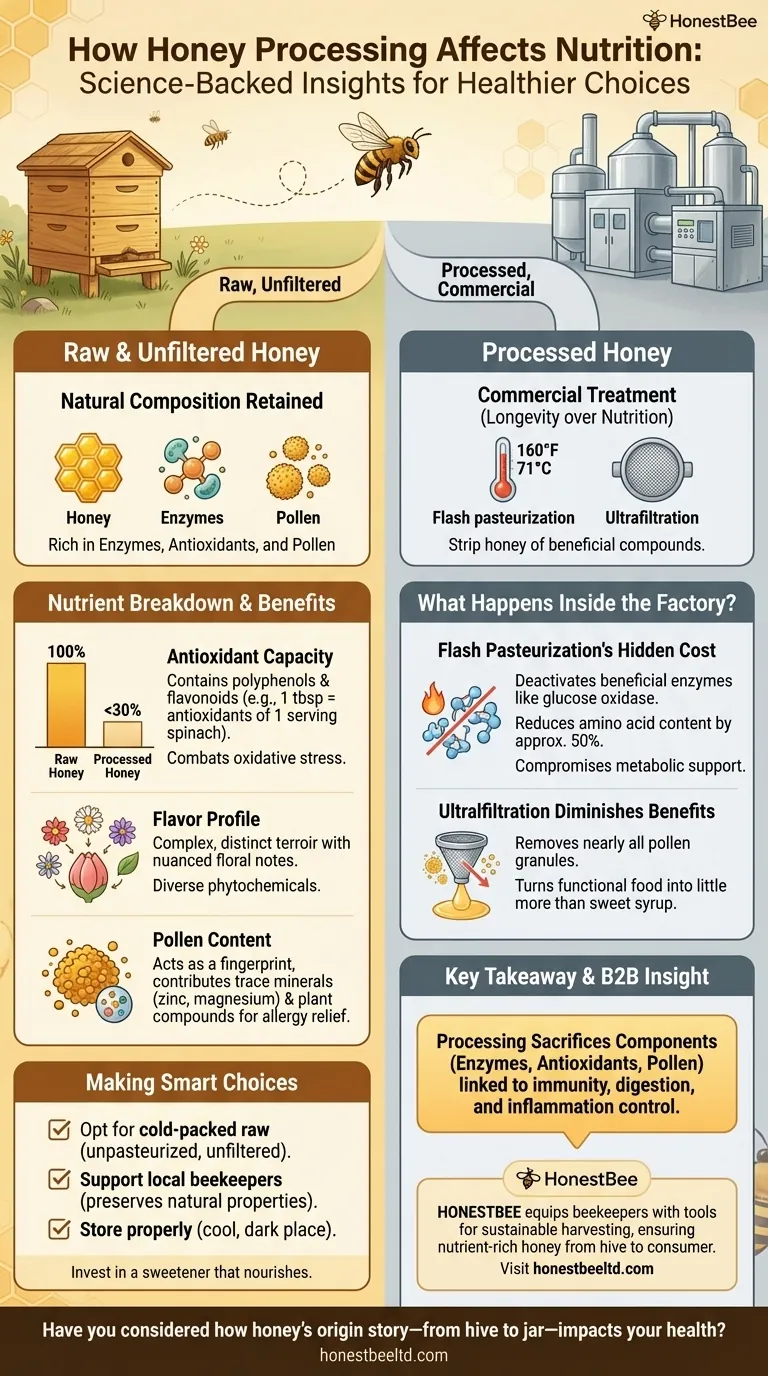
Related Products
- Precision Honey Refractometer Instrument for Quality Assessment
- Professional Thermostatic Conical Honey Melter
- Honey Concentrating Vacuum Heating Thickening Machine Dehumidifier for Honey
- HONESTBEE 3-Frame Manual Acrylic Honey Extractor
- Plastic Hand Crank 2 Frame Honey Extractor Low Price
Related Articles
- How to Reduce Honey Moisture: Science-Backed Methods for Beekeepers
- Mastering the Craft: A Professional's Guide to Calibrating Your Honey Refractometer
- How Beekeepers Prevent Honey Spoilage Through Perfect Harvest Timing
- Mastering Honey Refractometer Basics: A Guide to Precision and Profitability
- From Profit to Spoilage: The One Number Every Commercial Beekeeper Must Know
